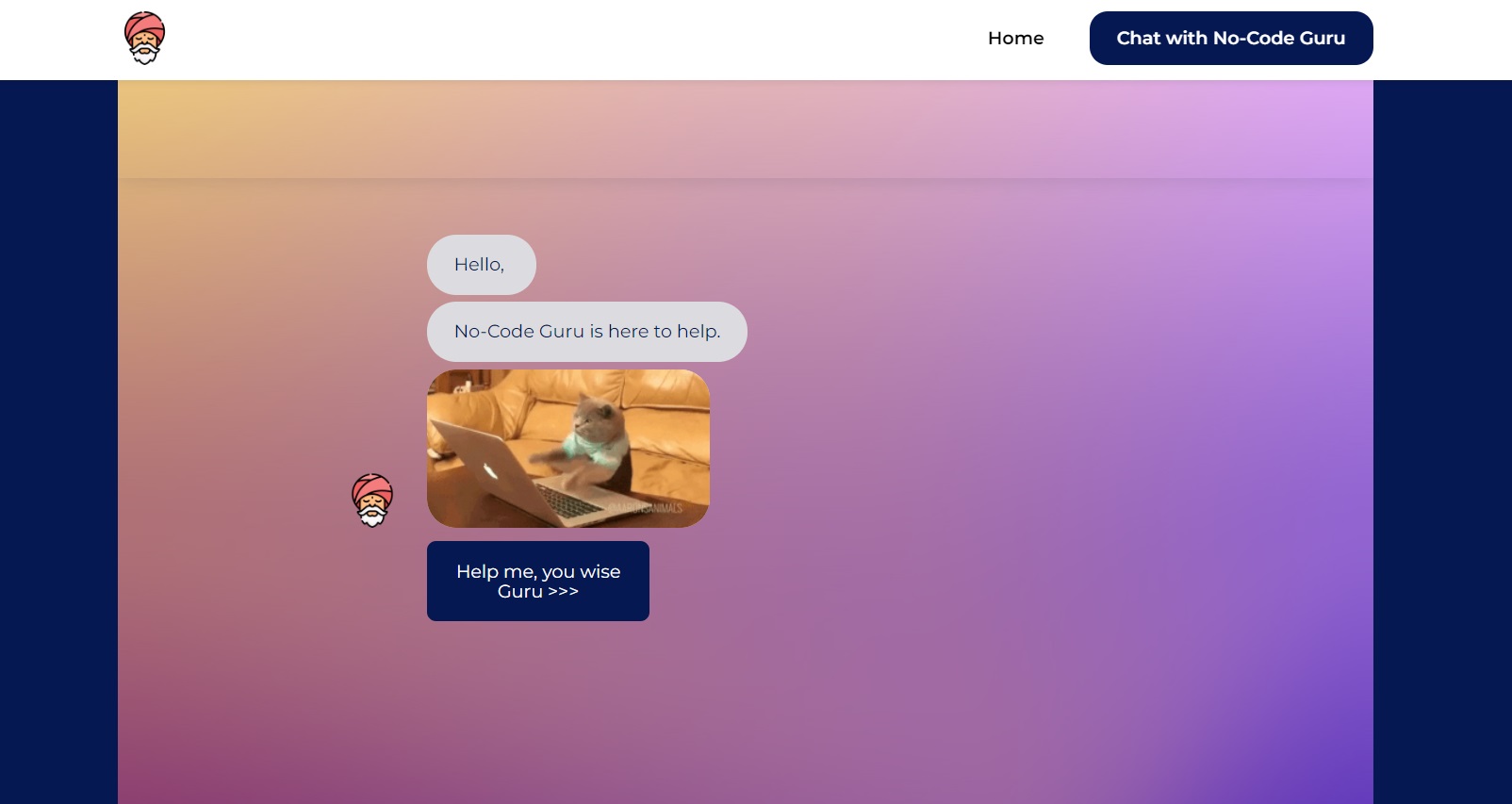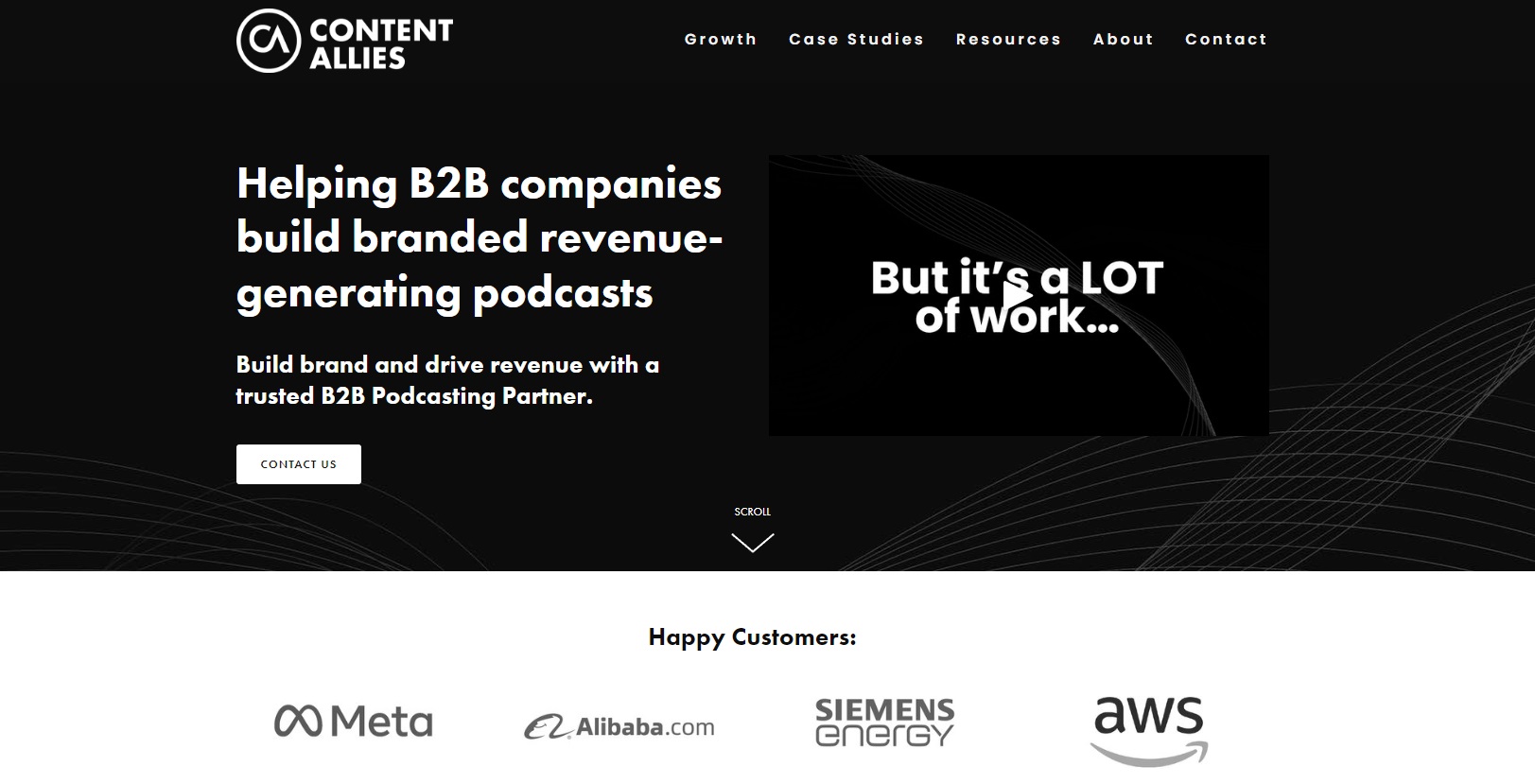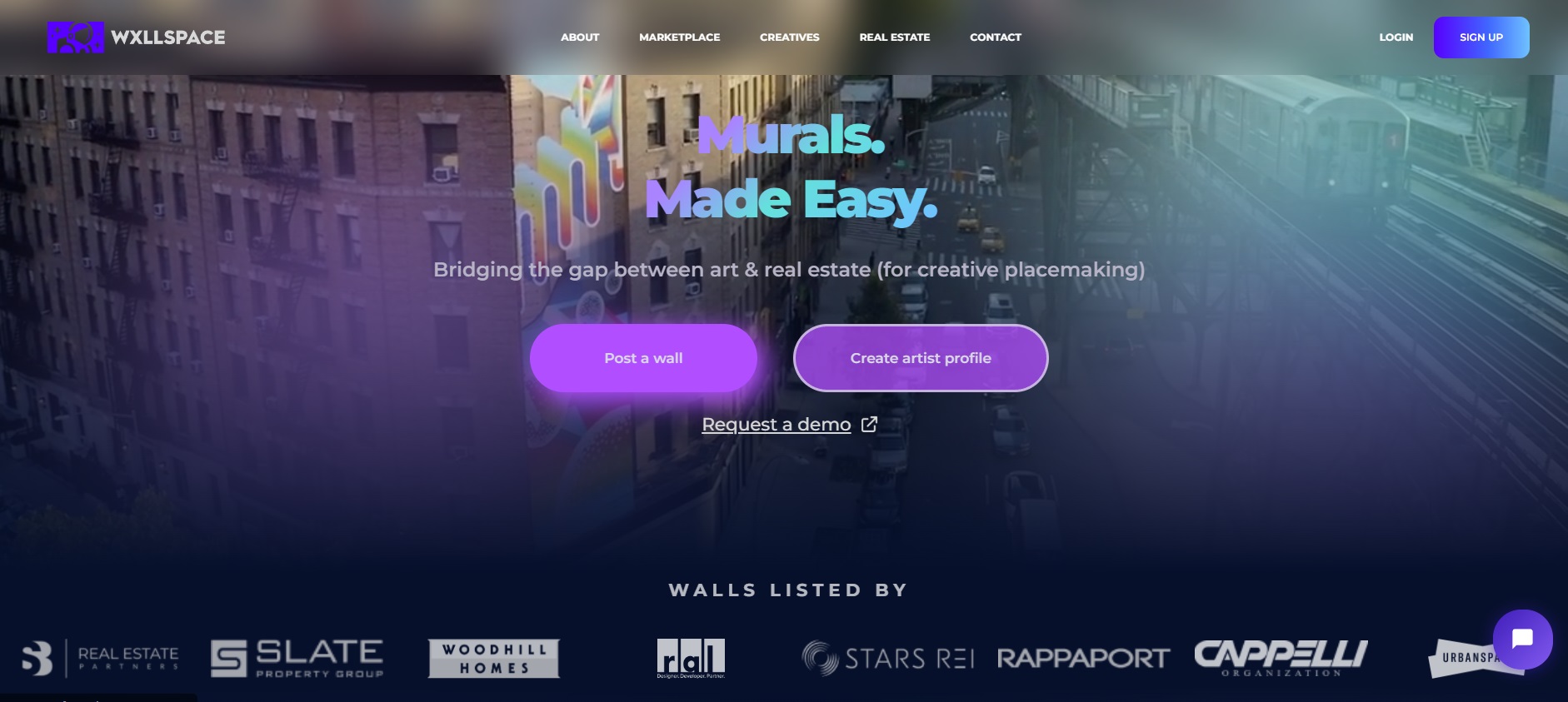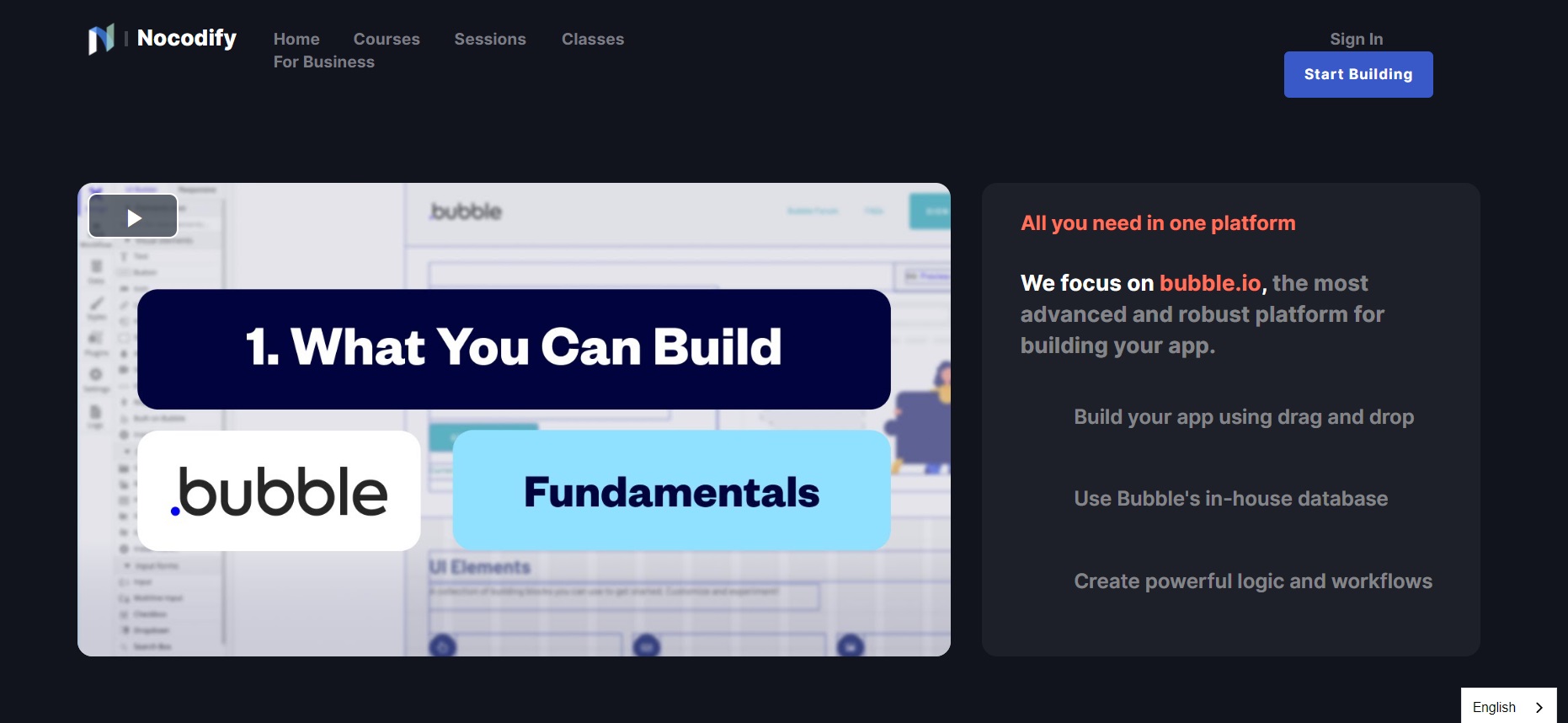There are 2 EXTREME ends of the product/feature buildd-ing scenario:
- A team of 200 Google engineers all working seriously on Gmail's compose button 😂 (see image below)

- Or a common Joe with BIG startup ideas but NO coding skills, NO money and NO resources dreaming to buildd his product one day.
Now, no judgement on the first scenario. Google surely has the resources to keep changing its compose button and we as users will enjoy every revamp.
But the second scenario is a concern. We want more people to be able to buildd products from scratch without spending a fortune on developers. It would be life-changing for these "common Joes" and will encourage the birth of more awesome products.
So, what's the remedy to this predicament? Well, NoCode of course!
NoCode tools can be life-changing for a non-tech founder hoping to buildd a new product. Here are examples of how NoCode helped these 4 founders buildd their dream projects!
NoCode Guru ➝ Advisor for beginner NoCode makers
Katrien (Katt) Risen was a typical Product Hunt lurker since 2016. Seeing founders post about their products on Product Hunt, IndieHackers and Twitter, Katt always had the dream of creating her own product. But she never started because she couldn't code.
Then 5 years later, she stumbled upon NoCode. She immediately started using Softr to buildd some small solutions at work and now she was actually building things!
She decided to finally come out of the introvert lurker shadows and joined a NoCode boot camp. At the end of the boot camp, she had to work on a simple Minimal Viable Product (MVP).
Building NoCode Guru
During this same time, Katt kept coming across this returning question ➝ "Which NoCode tool should I use to buildd my project?"
So, she decided to buildd an MVP that directly solves this problem, which gave birth to NoCode Guru!
NoCode Guru is a simple chatbot that asks you a bunch of questions about your requirements. Once it understands your requirements, it suggests a NoCode tool.

Katt built NoCode Guru in just 2 months working only in the evening with a total spend of 40 Euros/month on her NoCode stack! Here's what her tech stack looked like:
- Yep.so ➝ She validated her idea using this super fast landing page builder
- Landbot ➝ She built the entire chatbot using Landbot. Landbot is a great solution if you want to have a chatbot connected with Airtable. This especially works well when you have a lot of data.
- Airtable ➝ Holds the database that feeds the data to Landbot.
- Softr ➝ Website was built on Softr. Using Softr's building blocks you can buildd landing pages very quickly that are tailored to your needs. Plus it allows features like app connections (Airtable), memberships, user logins, gated content, payment integration and more!
Katt very quickly received an offer to acquire NoCode Guru. So, she sold her first NoCode product valiantly coming out of her passive lurker phase. Now, she has built multiple products and runs a newsletter that covers NoCode stories that went from 0 to ACQUIRED!
Content Allies ➝ Buildd-ing workflows for a B2B Podcast Agency
Jake Jorgovan is a B2B Podcasting expert and founder of the B2B Podcast agency, Content Allies. He has produced podcasts for many huge companies like Meta, Siemens, Alibaba, General Dynamics, Stampli and more!
Content Allies started out as a generalist content marketing agency but given Jake's personal experience in the podcasting niche, the agency inevitably built a niche brand for itself.

Now, running an Agency is no easy task. To do bespoke agency work, you need a team that is super efficient and adaptable. Given evolving and changing needs of clients, a basic software flow can't achieve this.
So more than a centralized and independent software running the agency, Jake needed tools that could help him glue the business together into tight and streamlined workflows that would support the existing team.
They initially tried and failed to find a good tool but eventually, they came across Process Street and finally everything worked perfectly. At any point, Content Allies has more than 400+ episodes in its products. And, they manage all this with only a handful of project managers and the automated systems take care of the rest.
Here's their tech stack:
- Process Street ➝ Systems and Project Management
- Airtable ➝ They organize all their data into this database
- GSuite ➝ They use this for file organization and management
- Zapier ➝ They use this to automate processes to connect Process Street to their other core systems
With just the addition of Process Street, Content Allies was able to let go of a $ 5,000-per-month operations manager and instead utilize a software system that did the same work for much less.
And, as an additional cherry on top, their output scaled 5 times while cutting costs!
WXLLSPACE ➝ The World's Mural Art Marketplace
During his 10 years working in real estate development, Jordan Giha always dreamt of building an online business. And, interestingly, he had a very unique niche in mind!
He wanted to buildd a platform for mural artists and help them easily connect with real estate developers to earn paid gigs. He had earlier realised that the creative marketplace for murals had a lot of friction. So, the goal was to remove the friction and find these mural artists a wall to paint!

Now, Jordan knew he didn't have the skill set to code this entire platform. And as a solo founder, cash was scarce and his time was a super valuable asset.
Also, there was a lot of work to be done on the business front that was independent of the product. And, given Jordan's expertise in real estate, he wanted to focus on the business part. So, he decided to save time & money and use NoCode tools instead.
It took some time and a lot of digging into instruction manuals to decide what tools to use. Here's the tech stack of WXLLSPACE:
- Webflow ➝ They built the website using this site builder
- Zapier ➝ This connects every other tool via simple automated workflows
- Airtable ➝ Everything was funnelled through Airtable which was their main database
Very soon he got his Beta off the ground which landed him 500 sign-ups and his first paying customer! Their first client later earned them their first $35K in revenue which was a major win for a startup that's a couple of months old!
Even today WXLLSPACE's 45% operational load is handled by NoCode tools which costs them a meagre $500 per month keeping the monthly overhead super low!
NoCodify ➝ Helps others learn NoCode
Now, there are a lot of platforms that are built on NoCode. But, here's a platform that's built on NoCode and teaches you NoCode!
NoCodify is an online platform that provides courses to learn different NoCode tools, so you can design and buildd apps from scratch using NoCode.

When Tal Botnar set out to buildd NoCodify, he knew he had to buildd it using NoCode as well because
- The software developer cost for outsourcing the product came up to $30K.
- NoCode would drastically reduce the time-to-market. So, it would be much faster to produce the MVP if it's built on NoCode tools.
- NoCode would allow for quick iterations. So, Tal himself can go ahead and make changes to the platform easily.
They built the product in just a couple of months on a $250/month NoCode tech stack. Here are the tools they used:
- Bubble ➝ 90-95% of their product is built on Bubble.
- Vimeo ➝ They needed to create, edit and manage videos, so they chose Vimeo for that purpose.
- Zapier ➝ All workflows and automation are in Zapier.
- Sendgrid ➝ For sending marketing and transactional emails.
- Calendly ➝ To schedule 1-on-1 tutorial sessions for users.
Today, NoCodify has reached 4500+ members, hundreds of hours of 1-on-1 sessions, 100+ in-depth courses and hundreds of hours of video content. The company is also profitable and all thanks to its low-tech stack & maintenance cost, it produces high margins.
Here are some interesting lessons Tal shares about building products:
- Buildd something that is useful and that you would use yourself. If you need to use it, chances are others will as well.
- Buildd and ship quickly — Customers don’t care if there are minor bugs in your product, they care that you address them quickly and come out with new (valuable) features.
- Be customer-centric — Provide exceptional value to your customers and they will be your biggest supporters and marketers. One happy customer is worth ten “ok” customers.
- Keep it simple — Don’t try to buildd an incredibly complex MVP. Buildd what’s truly valuable to your customers and go from there.
%20(1).jpg)





